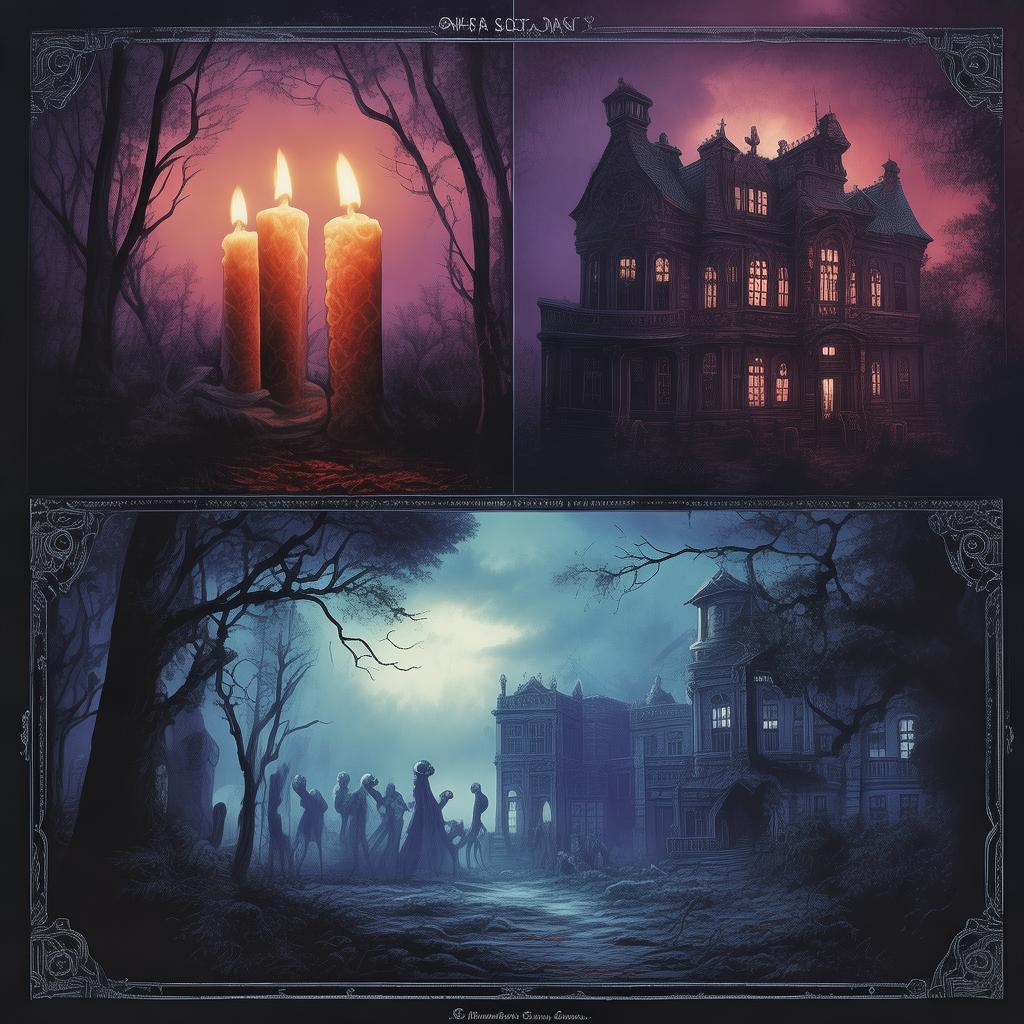The Silent Scream of the Drowned
In the quaint village of Eldridge, nestled between rolling hills and a winding river, there stood an old, abandoned workshop. It was a place of whispers and shadows, a relic of a bygone era when the village thrived with pottery artists. The workshop, once bustling with life, had long since fallen into disrepair, its windows broken, and its door hanging off its hinges. Yet, it was here that the story of the drowned girl began.
Eleanor, a young and ambitious artist, had recently moved to Eldridge. She was drawn to the village’s rich history and the promise of inspiration in its cobblestone streets. Her latest project was a series of sculptures made from the local clay, each piece capturing a different aspect of the village’s past. She visited the old workshop, drawn by the tales of its former glory and the stories she had heard from the townsfolk.
As Eleanor worked, she felt a strange presence. It was as if the workshop itself were breathing, alive with the energy of those who had once called it home. She dismissed the feeling as mere superstition, attributing it to the isolation of the workshop and the weight of its history.
One evening, as the sun dipped below the horizon, Eleanor found a small, worn journal tucked away in a corner. It belonged to a girl named Eliza, who had worked in the workshop many years ago. The journal was filled with sketches of the pottery, notes on techniques, and entries detailing Eliza’s life and dreams. As Eleanor read, she felt a connection to the girl, as if Eliza were reaching out through the pages.
Eliza’s story was one of tragedy. She had fallen in love with a young man from the village, but their love was forbidden. One stormy night, the river overflowed its banks, and Eliza drowned while trying to escape the wrath of her family. Her death was mourned by the villagers, but the truth of her forbidden love was never spoken.
Intrigued by Eliza’s story, Eleanor decided to create a sculpture in her honor. She poured her heart into the clay, crafting a figure that seemed to breathe with life. As she finished, she felt a chill run down her spine. The sculpture seemed to move, as if it were reaching out to her.
The next day, Eleanor’s sculpture was put on display at the local gallery. The townsfolk were drawn to it, drawn by the beauty and the mystery. Eleanor began to receive messages, letters, and visits from people who claimed the sculpture was haunted. They spoke of cold drafts, faint whispers, and the feeling of being watched.

Determined to uncover the truth, Eleanor returned to the workshop. She found the journal again and began to read it more closely. She discovered that Eliza had left a hidden message, a map to a secret chamber beneath the workshop. Eleanor, driven by curiosity and a sense of responsibility, decided to investigate.
With the help of a local historian, Eleanor located the entrance to the hidden chamber. Inside, they found a series of clay jars, each containing the ashes of the drowned villagers. The chamber was a shrine to the lost souls, a place of remembrance and solace. As Eleanor reached into the chamber, she felt a presence, a ghostly figure that seemed to embrace her.
The historian explained that the village had been cursed, bound to the river and the workshop. The drowned souls were trapped in the clay, waiting for someone to release them. Eleanor’s sculptures had become the key to their freedom.
With trembling hands, Eleanor broke the jar containing Eliza’s ashes. The spirit of the girl emerged, a vision of youth and sorrow. She thanked Eleanor for her kindness, promising to watch over the village and its people.
As the spirit faded, Eleanor felt a sense of relief and fulfillment. She had not only uncovered the truth behind the workshop’s haunting but had also brought peace to the souls of the drowned. Her sculptures, once thought to be haunted, now held a different kind of power—a power to heal and remember.
The story of the drowned girl and the haunted workshop spread throughout Eldridge. Eleanor’s sculptures became a symbol of hope and remembrance, a testament to the resilience of the human spirit. And so, the old workshop, once a place of sorrow and mystery, became a sanctuary, a place where the past and the present could coexist in harmony.
✨ Original Statement ✨
All articles published on this website (including but not limited to text, images, videos, and other content) are original or authorized for reposting and are protected by relevant laws. Without the explicit written permission of this website, no individual or organization may copy, modify, repost, or use the content for commercial purposes.
If you need to quote or cooperate, please contact this site for authorization. We reserve the right to pursue legal responsibility for any unauthorized use.
Hereby declared.









